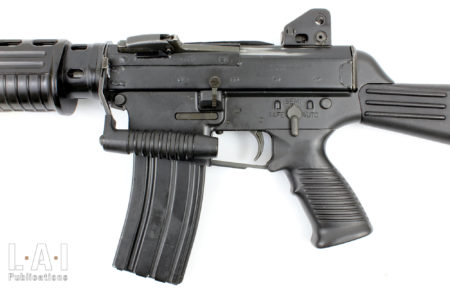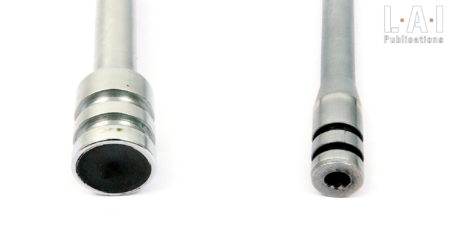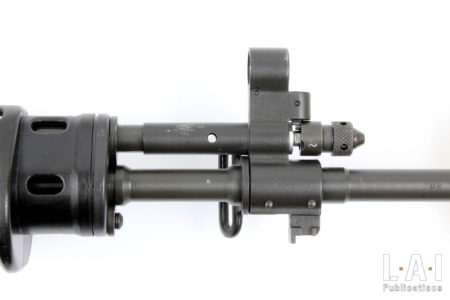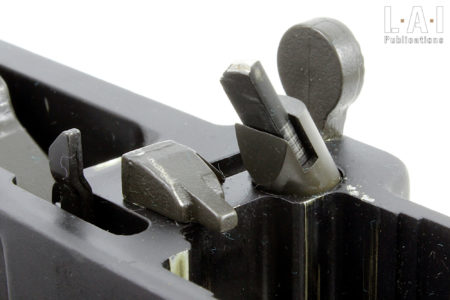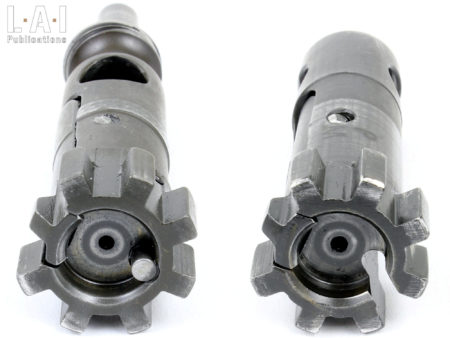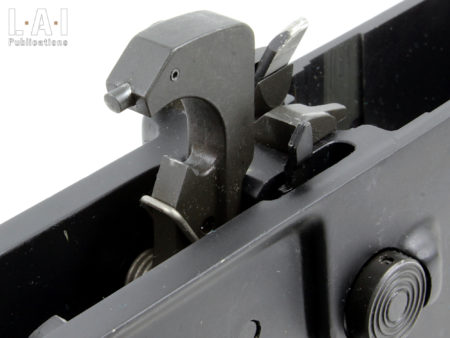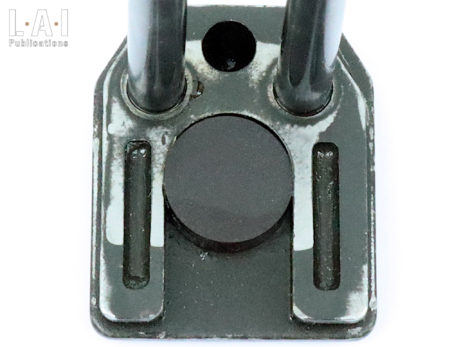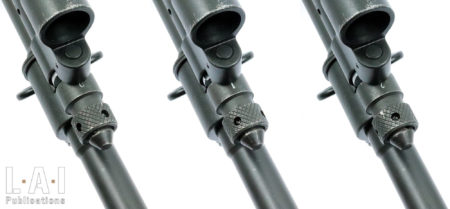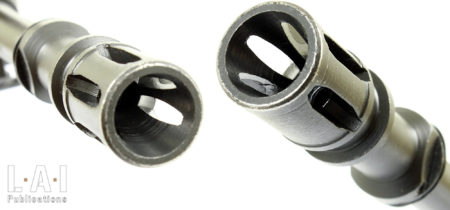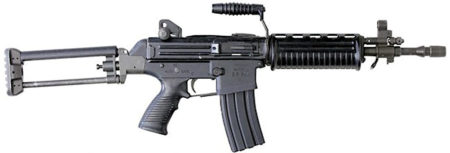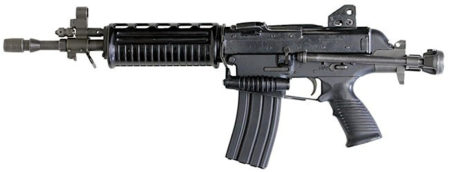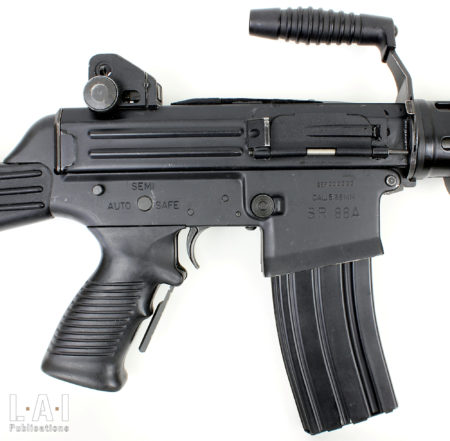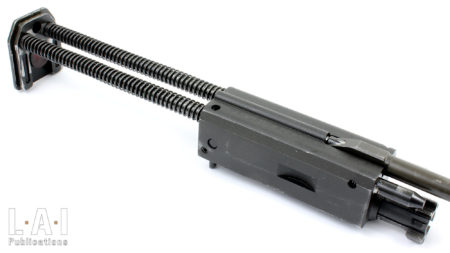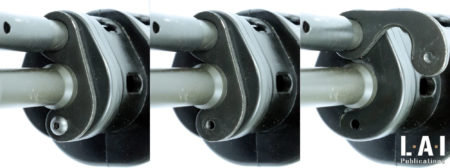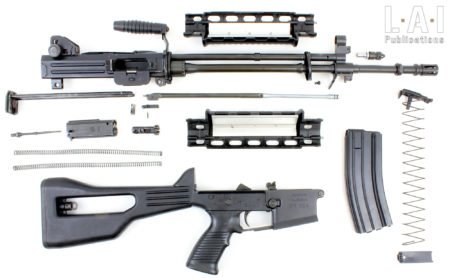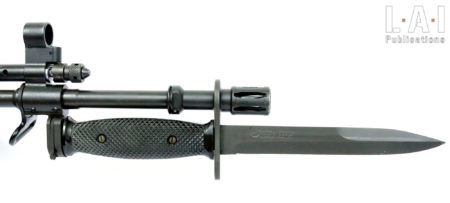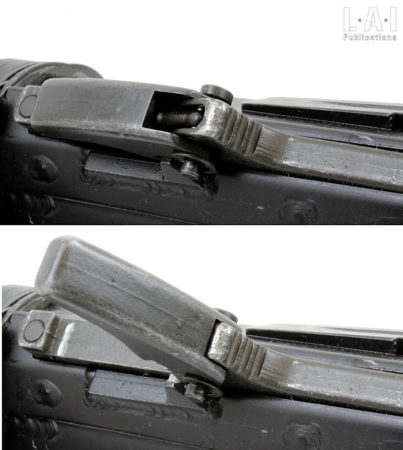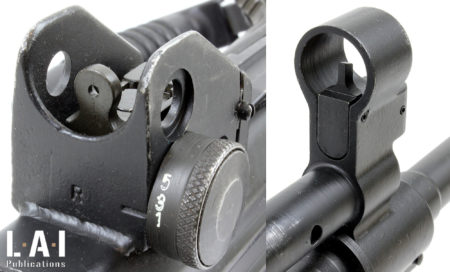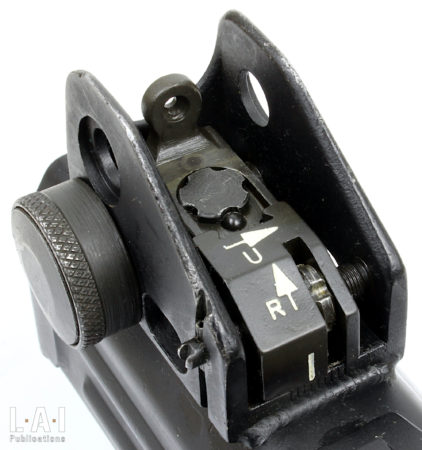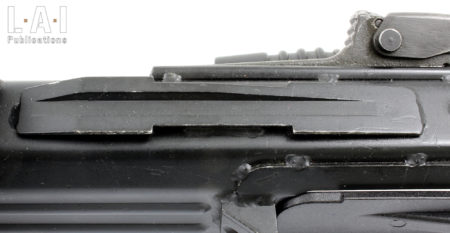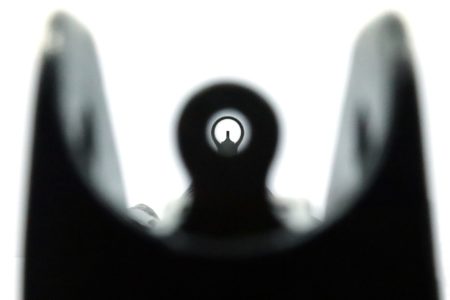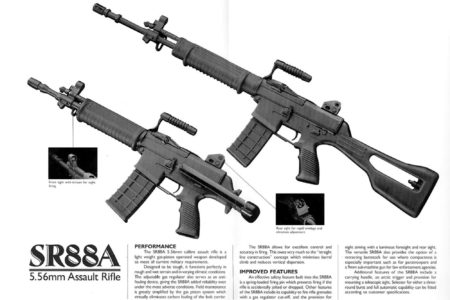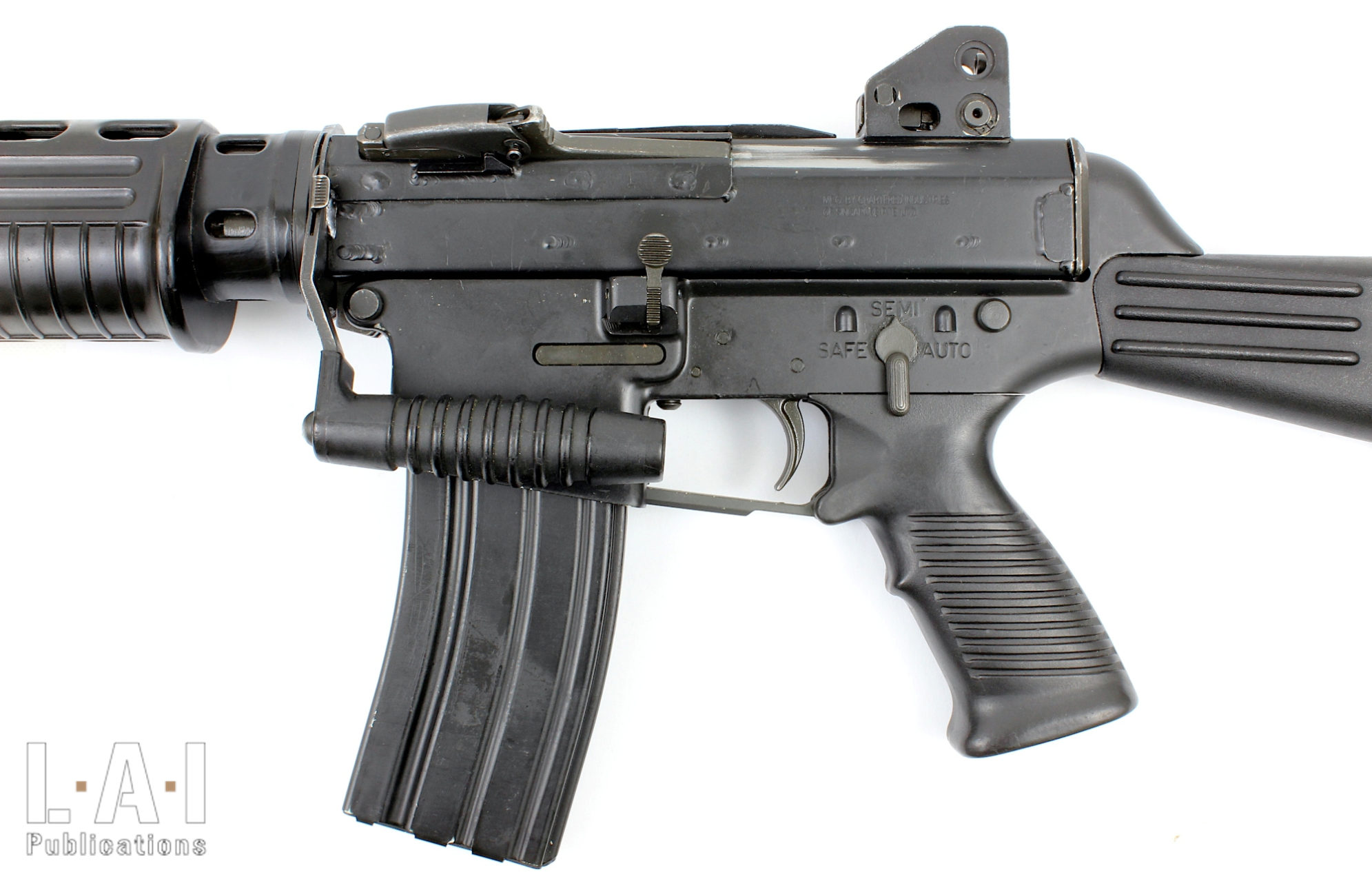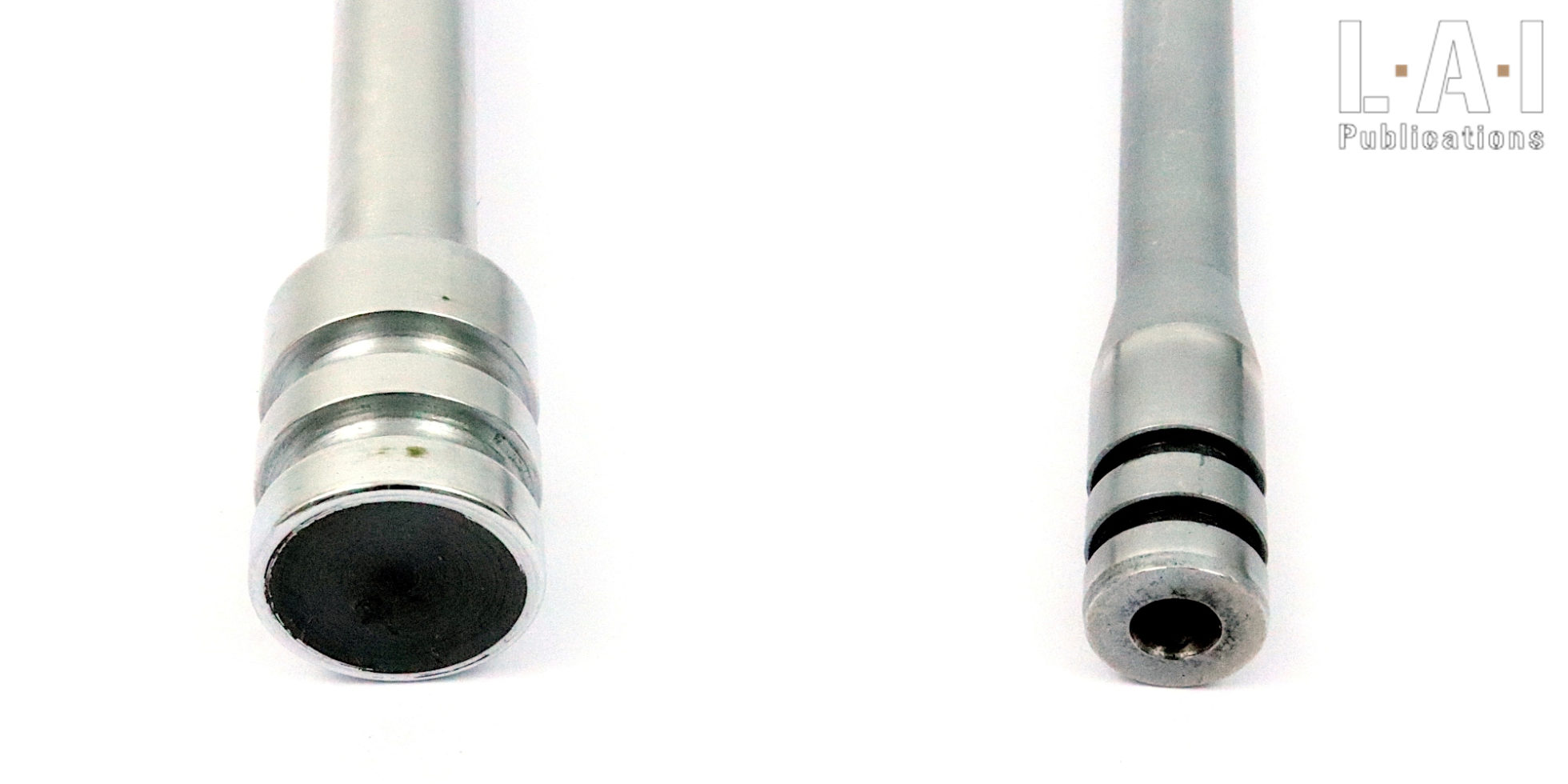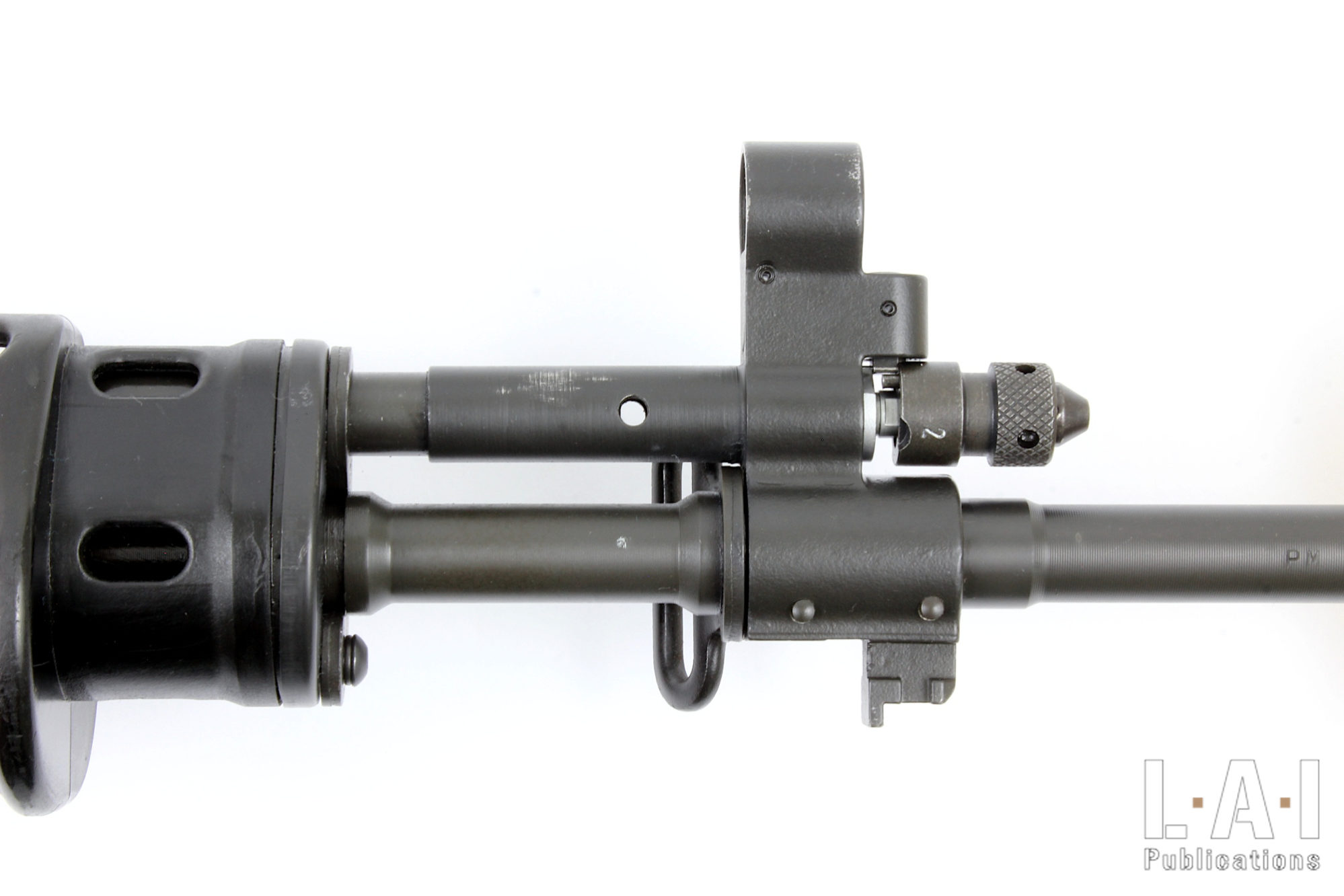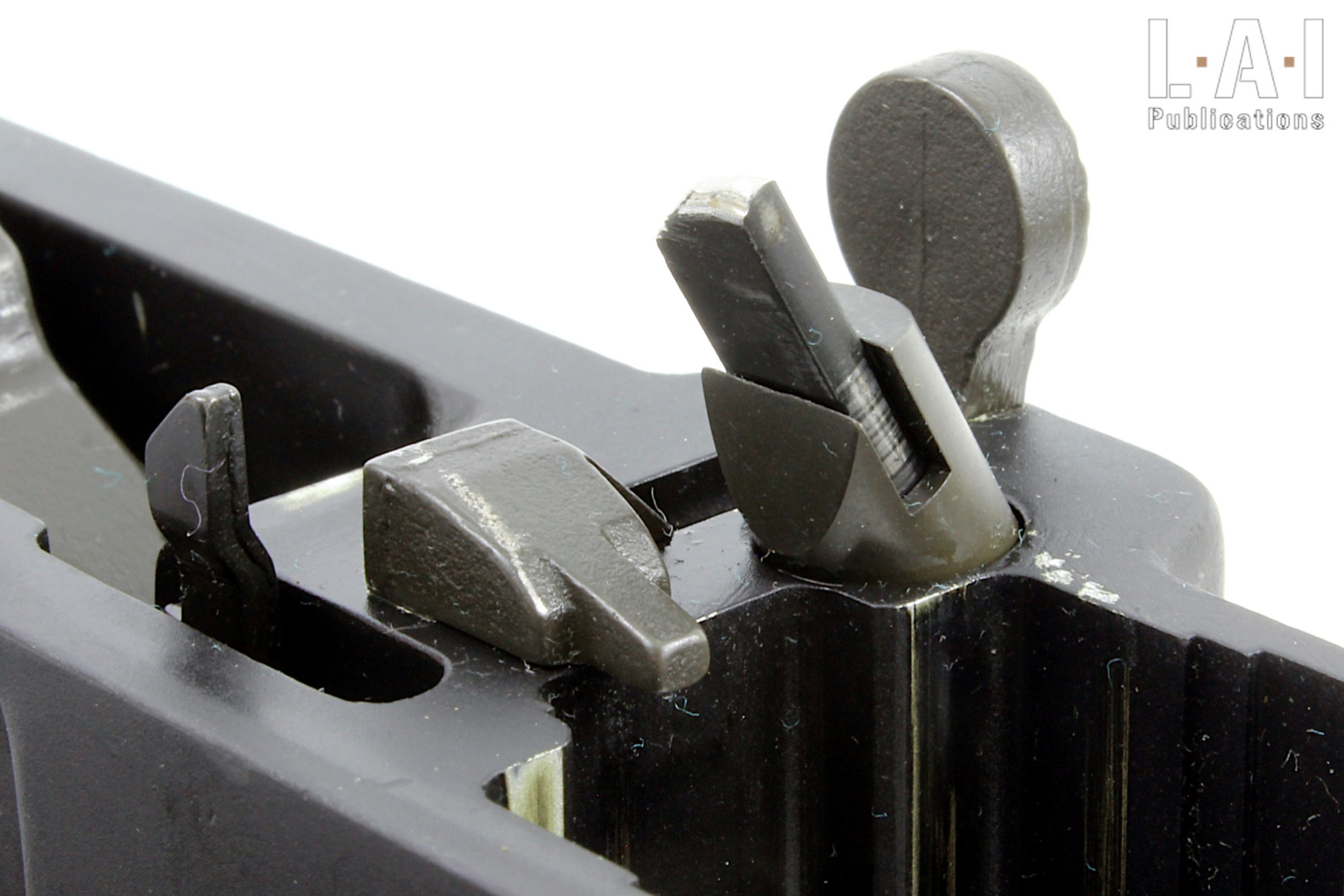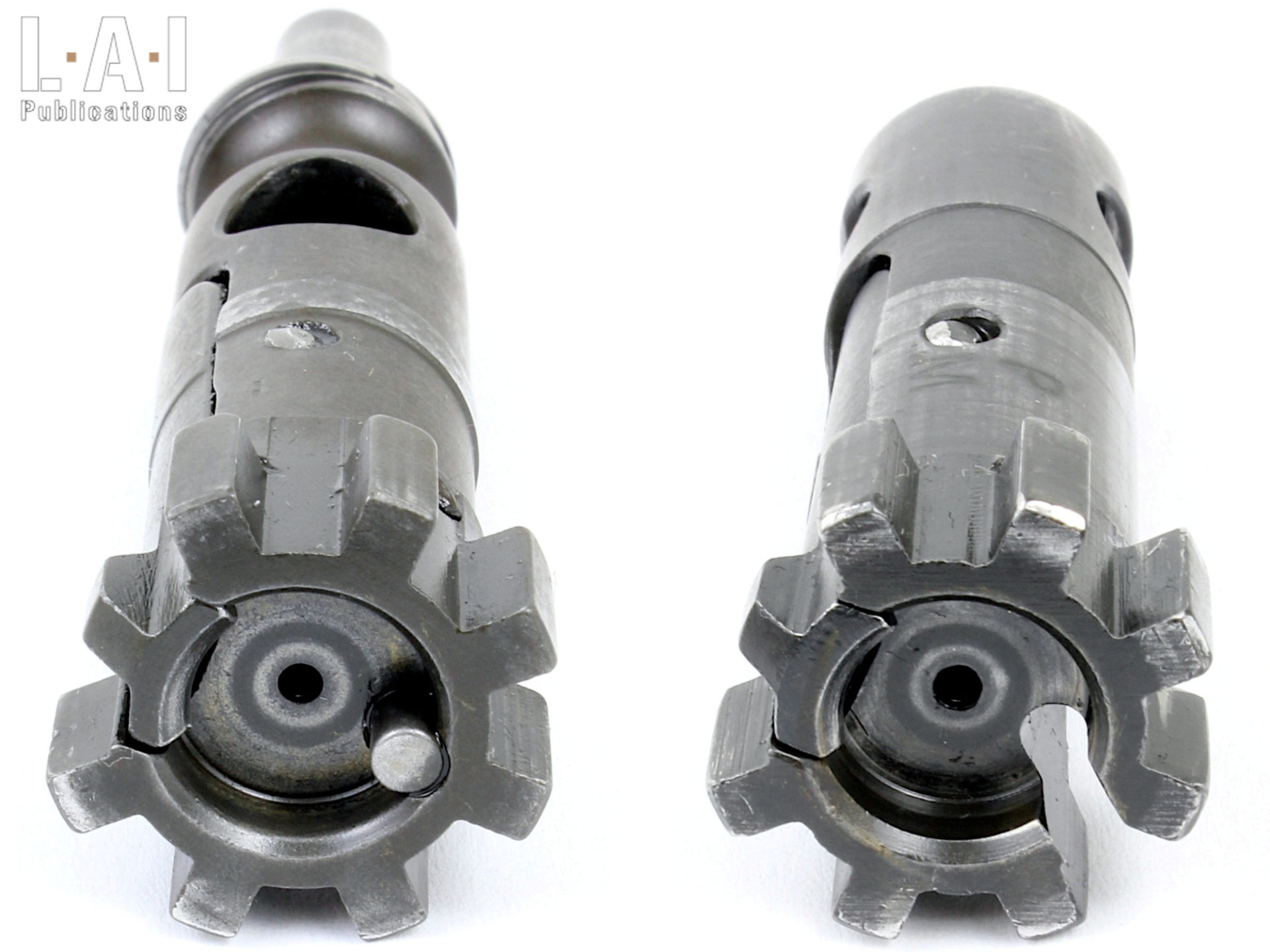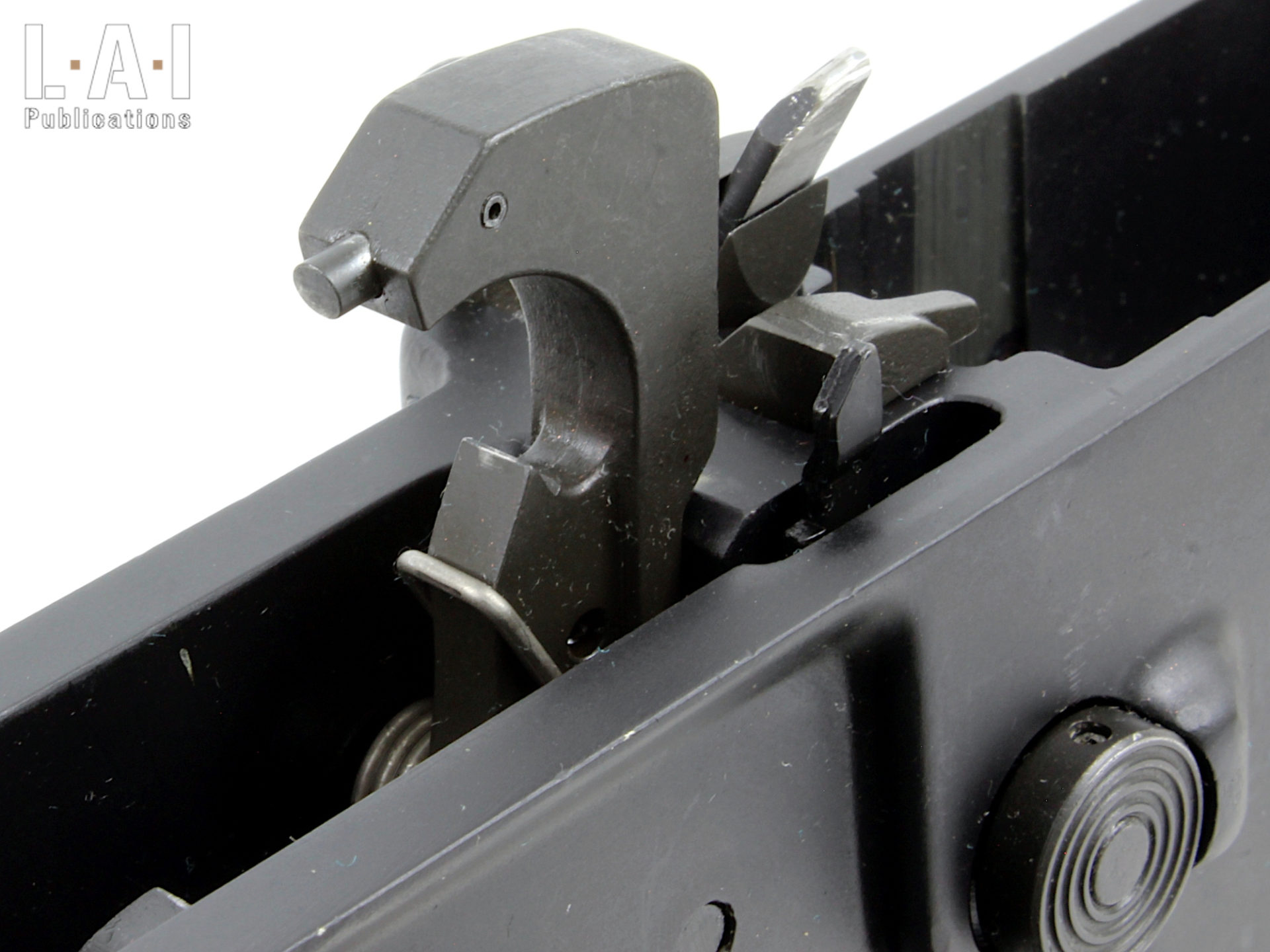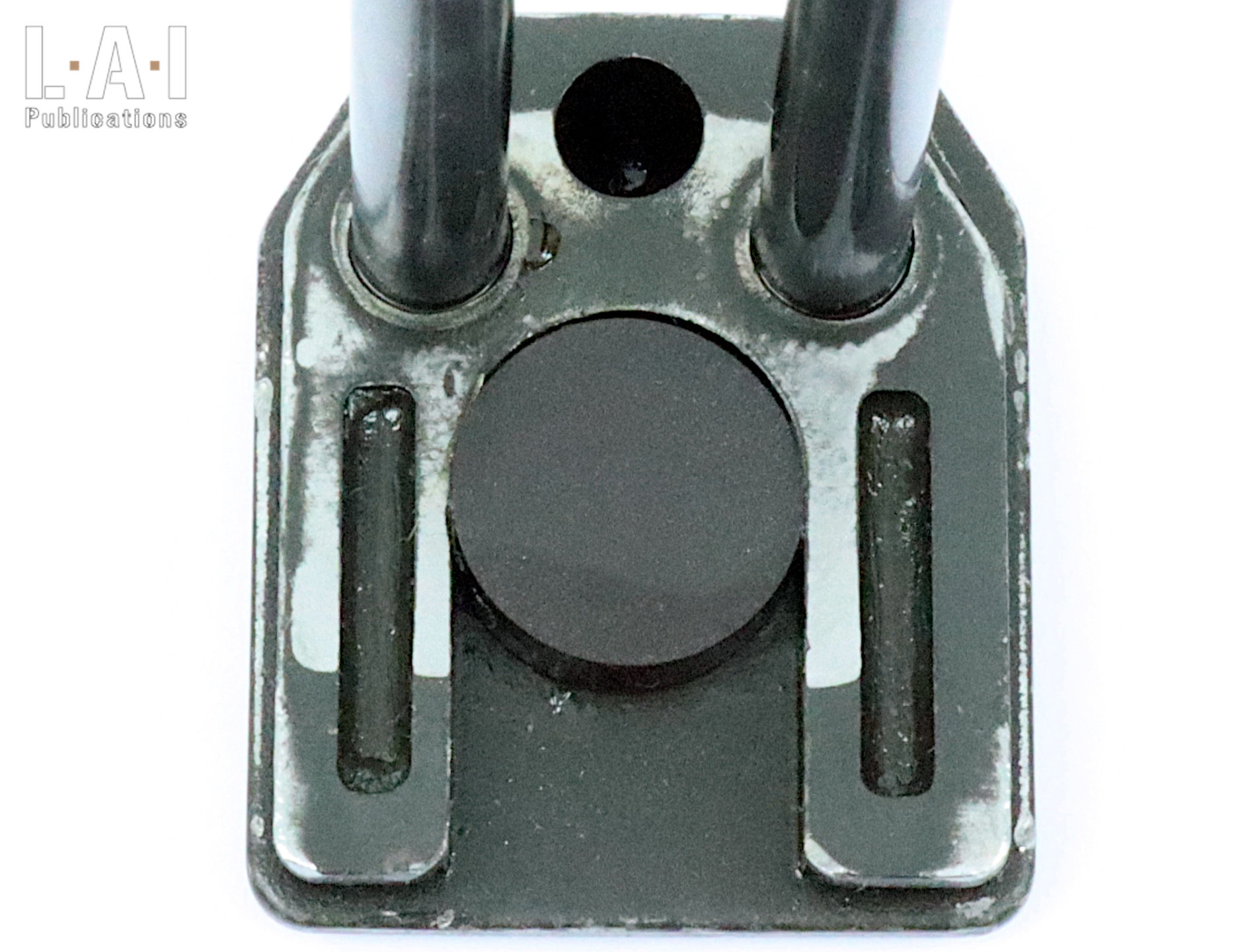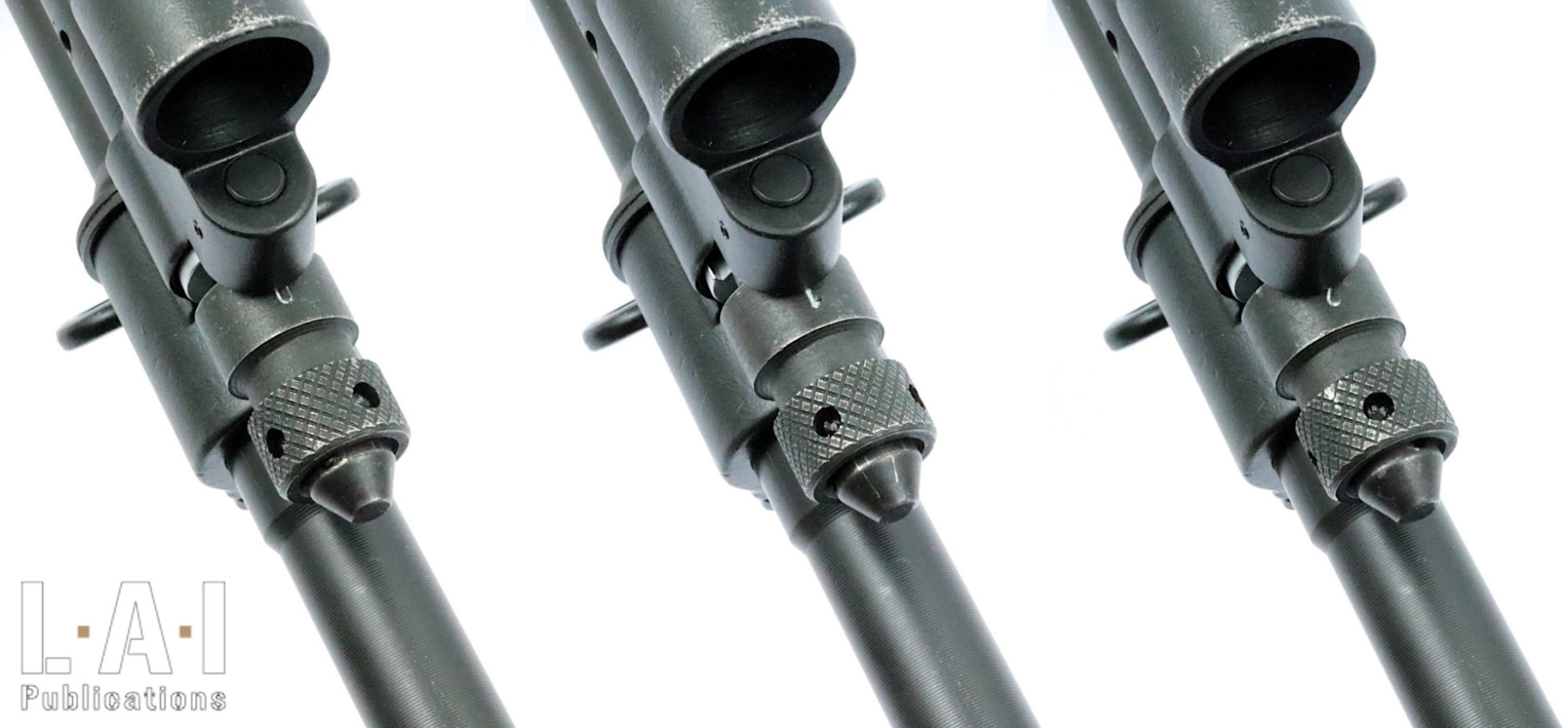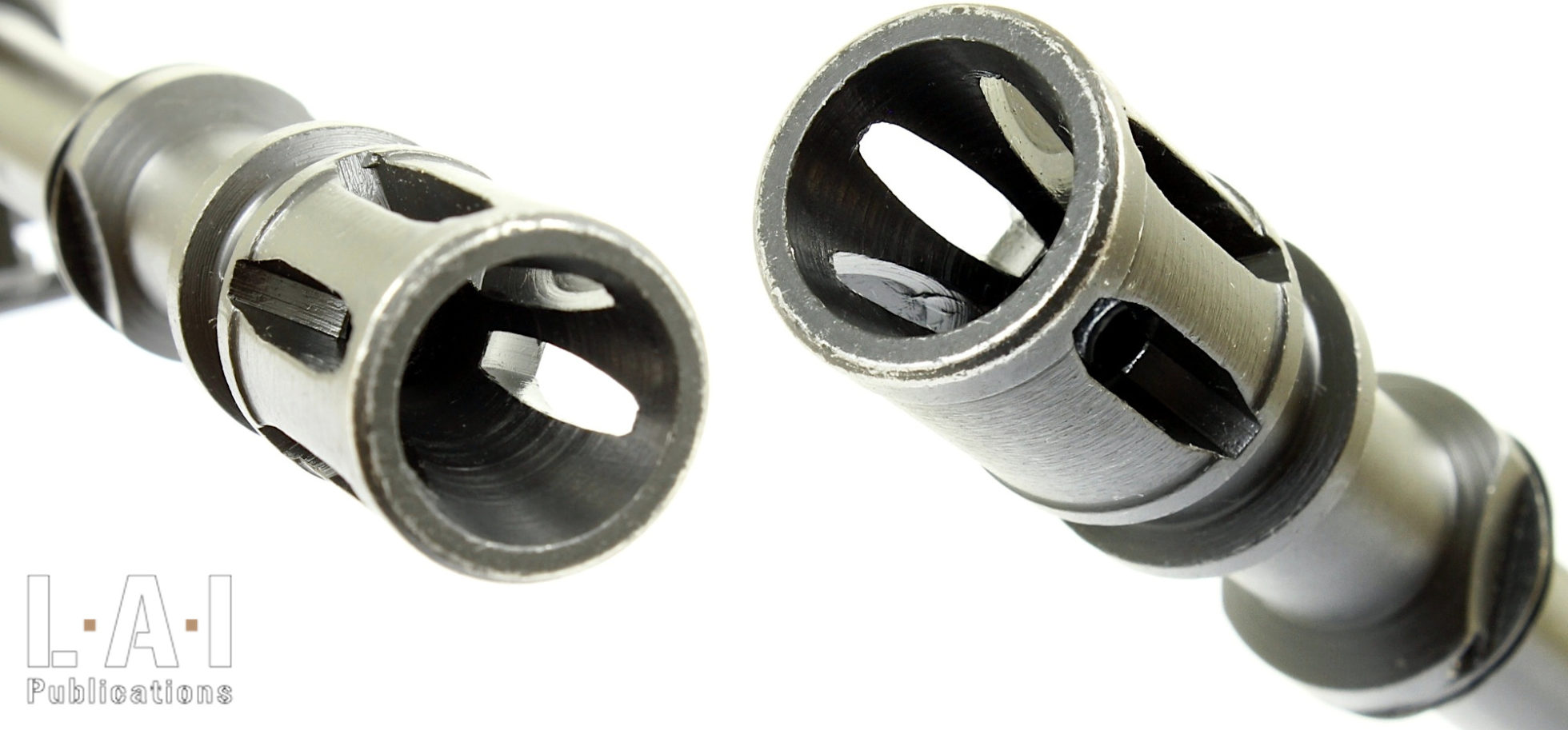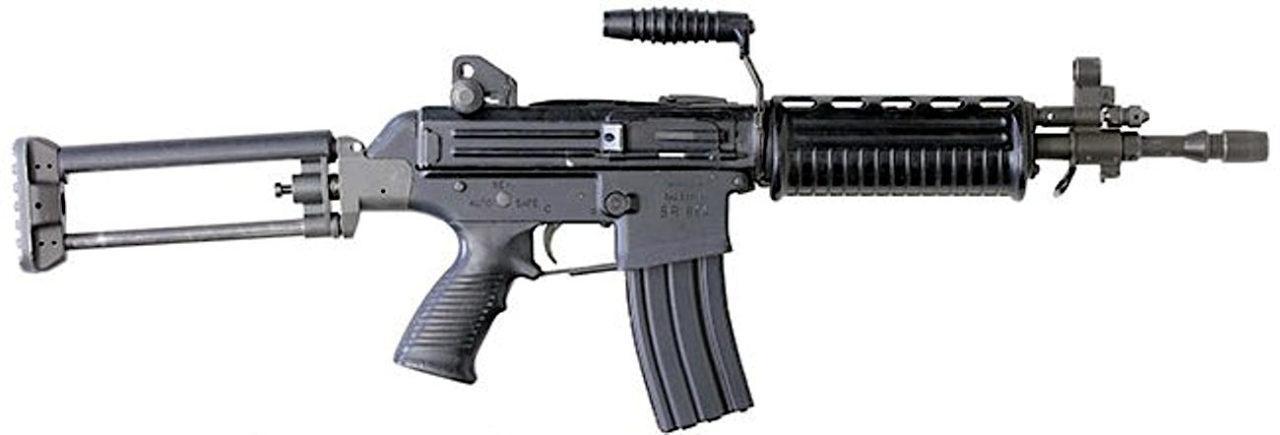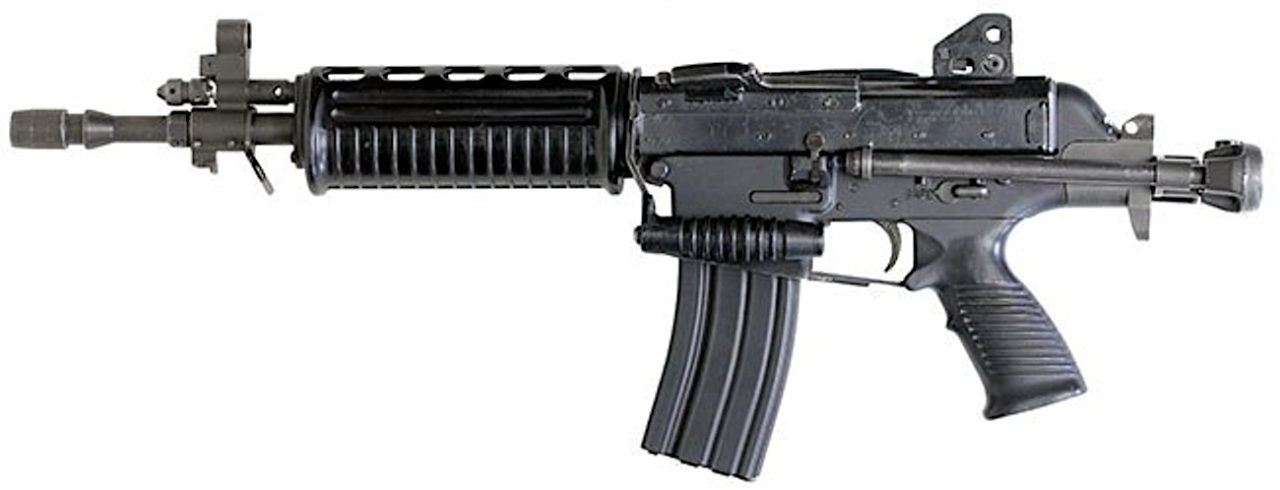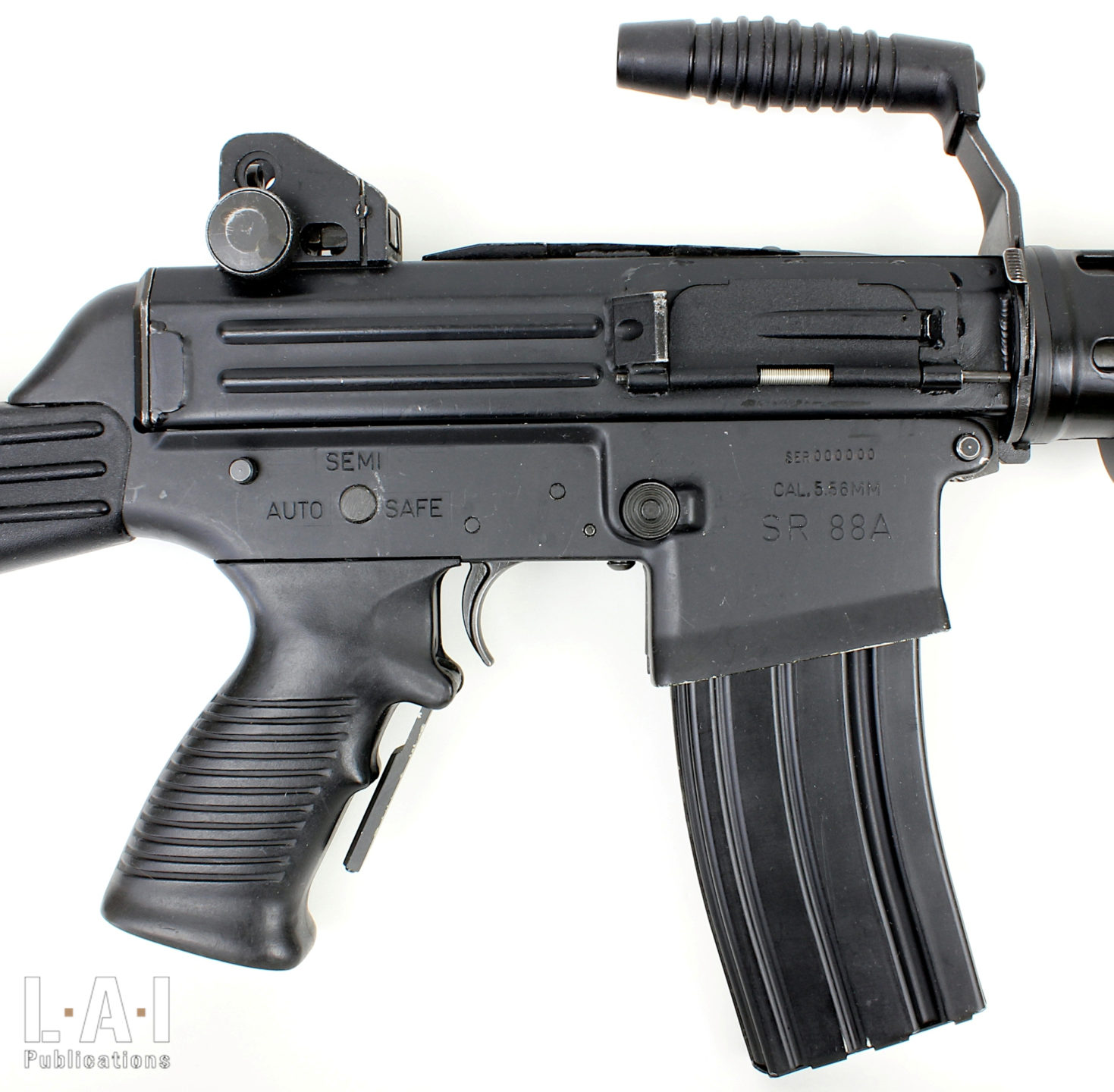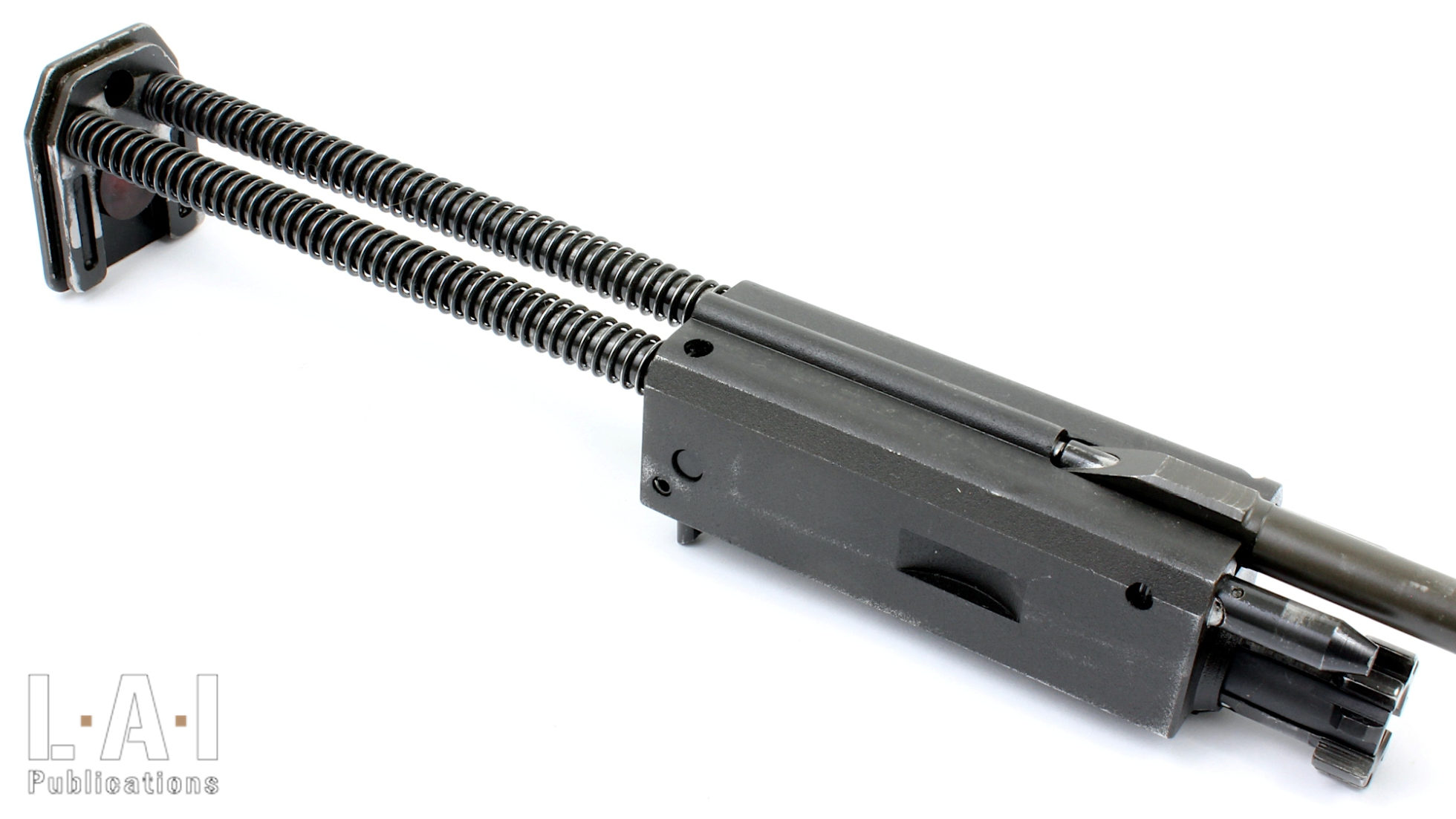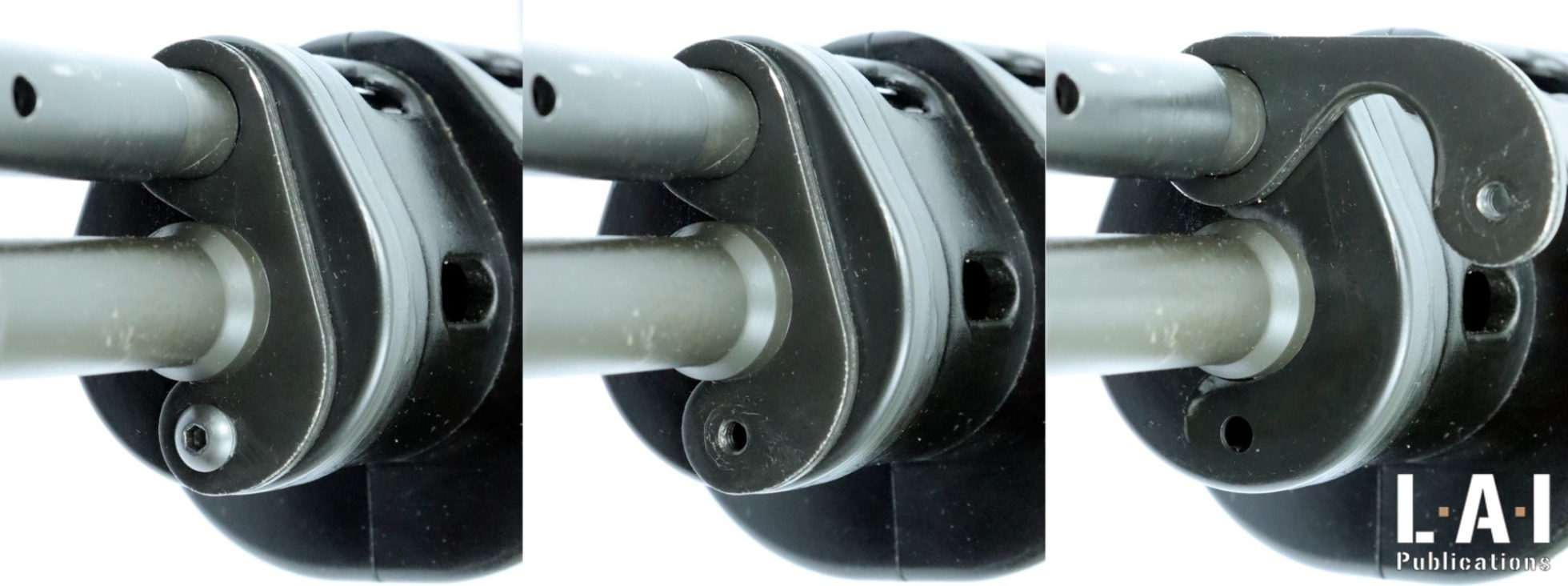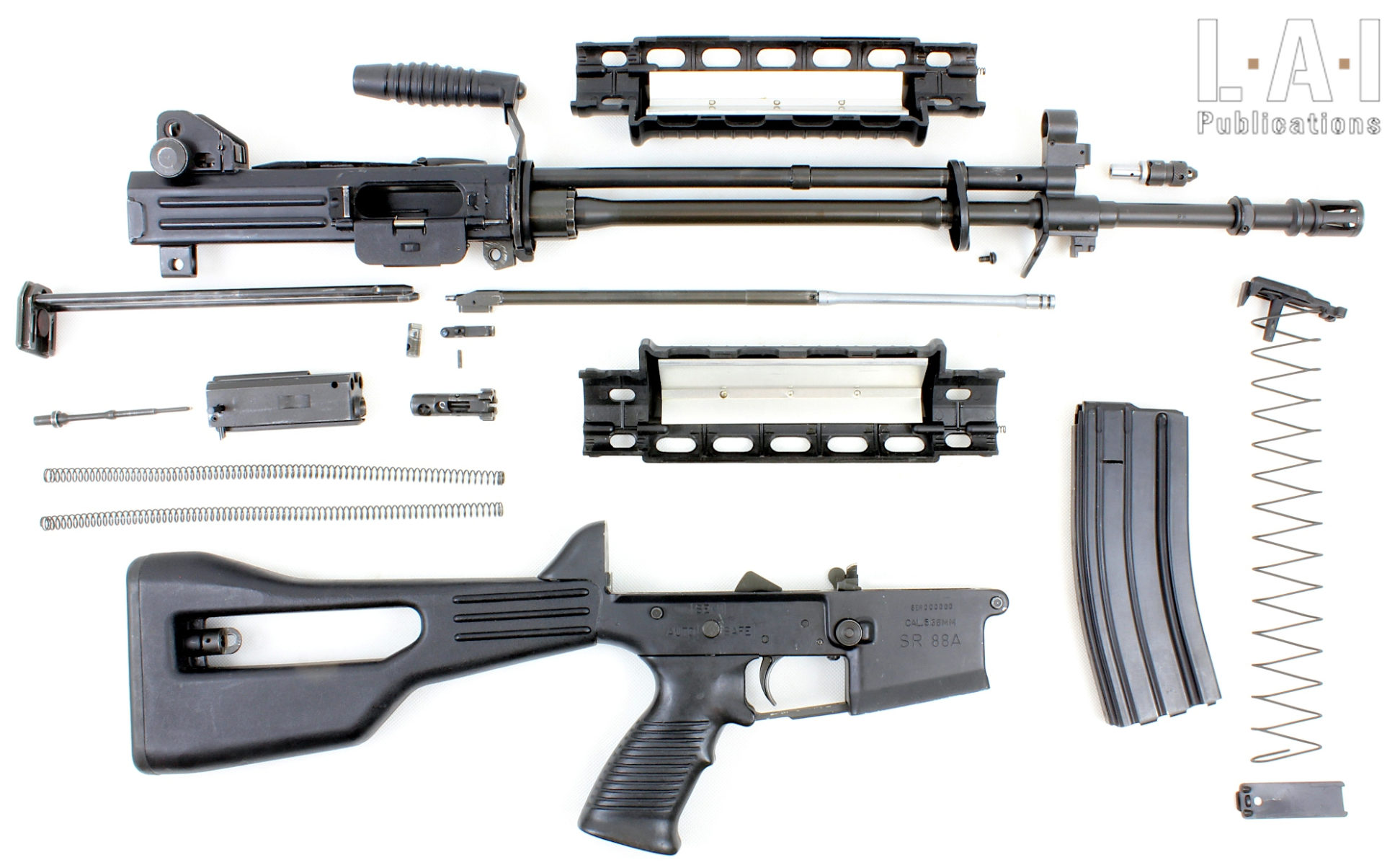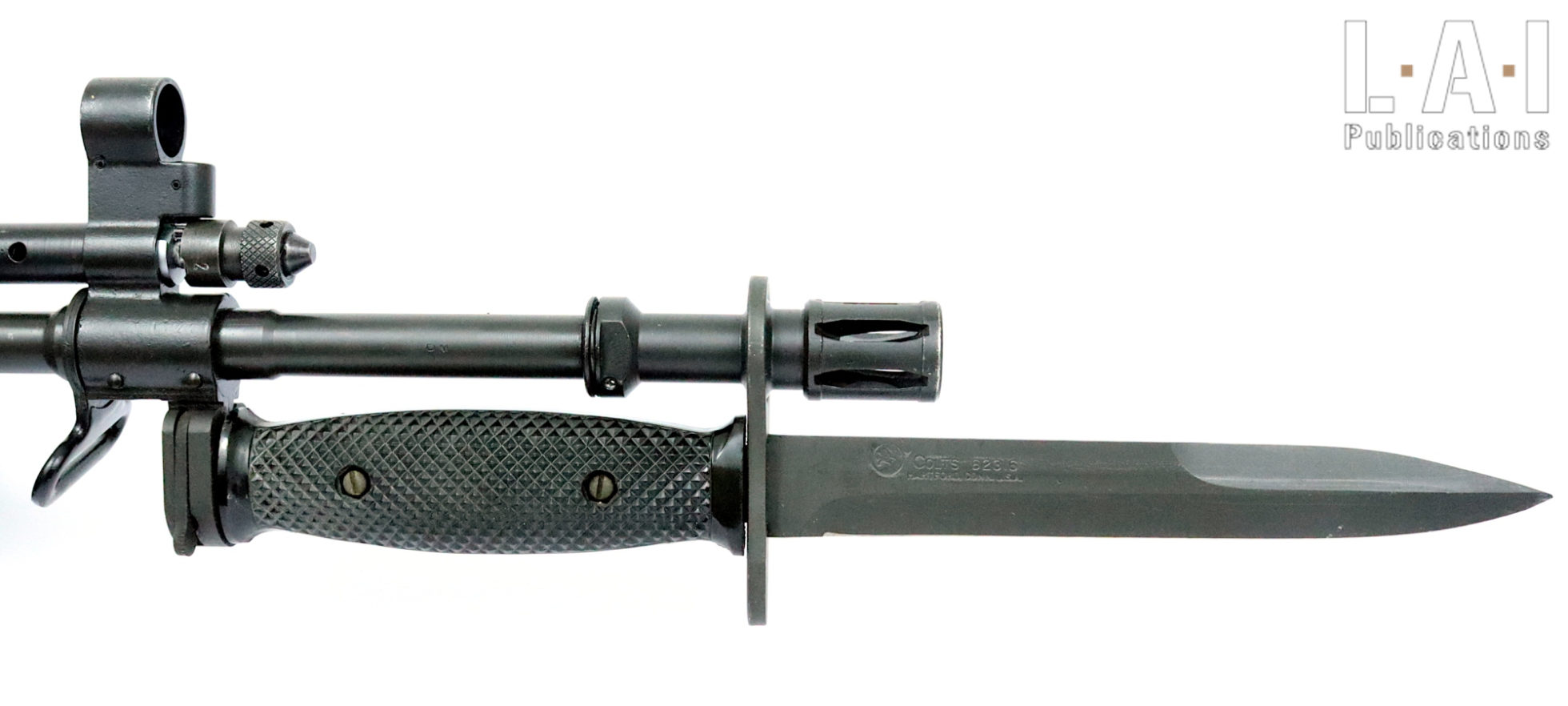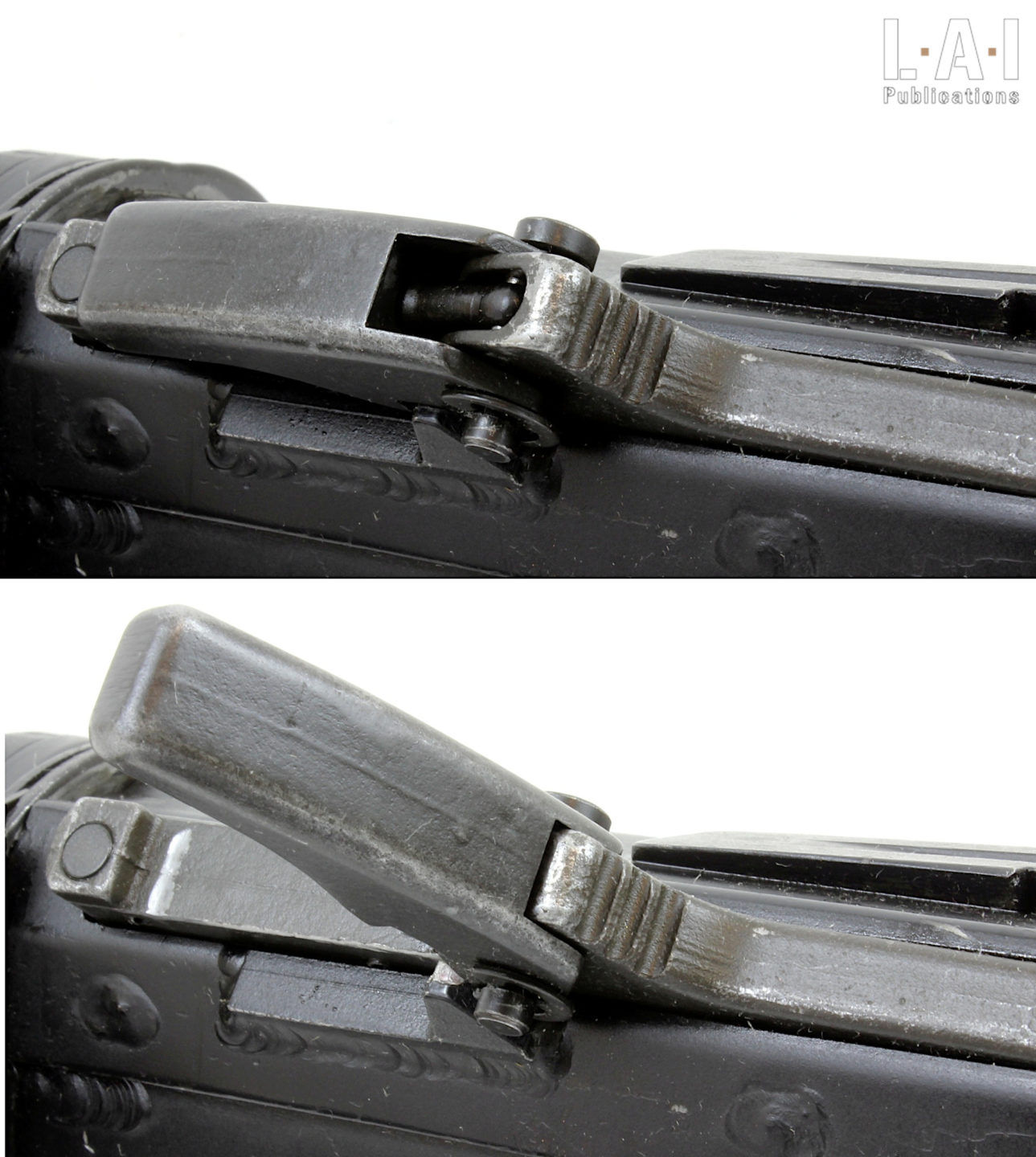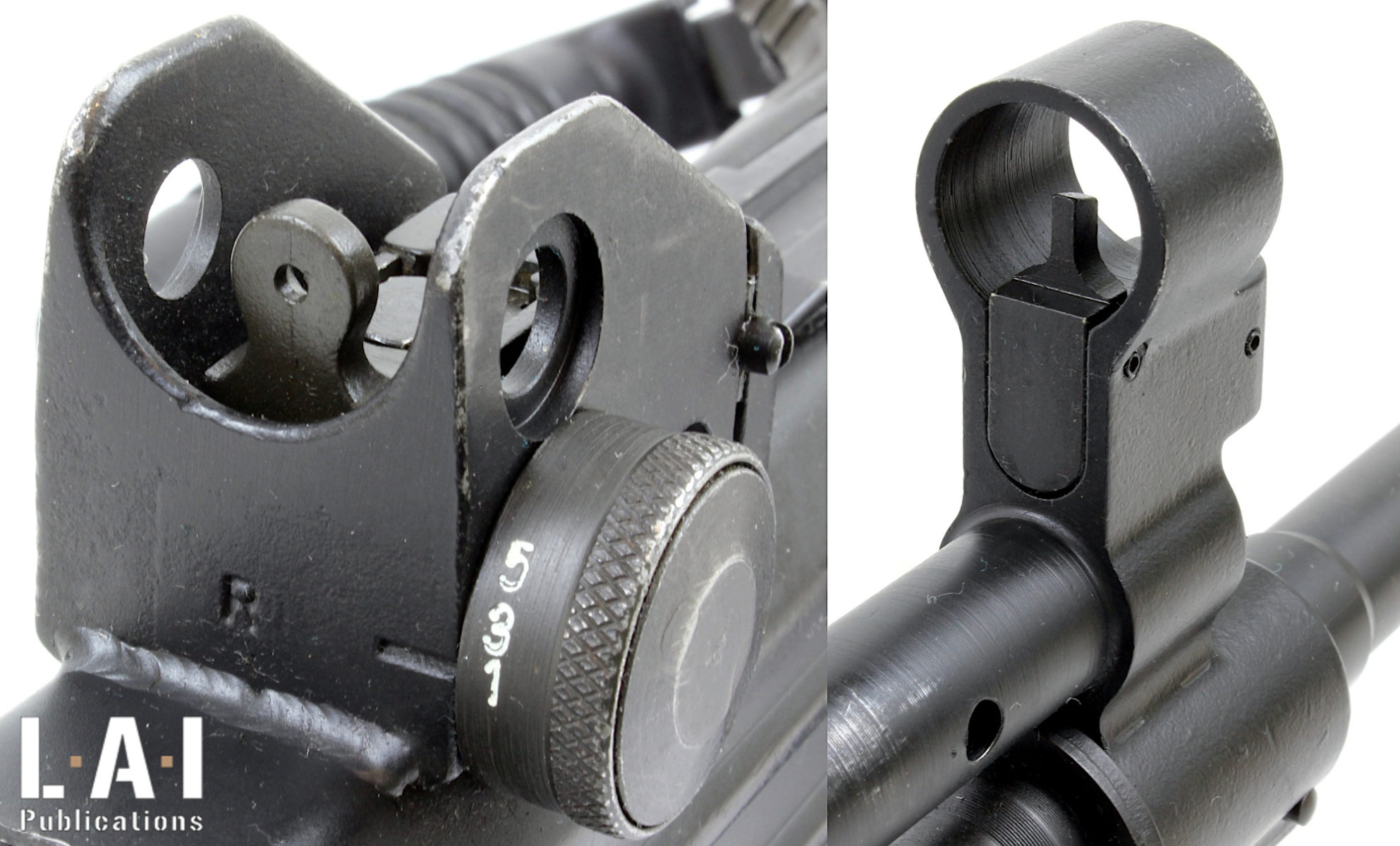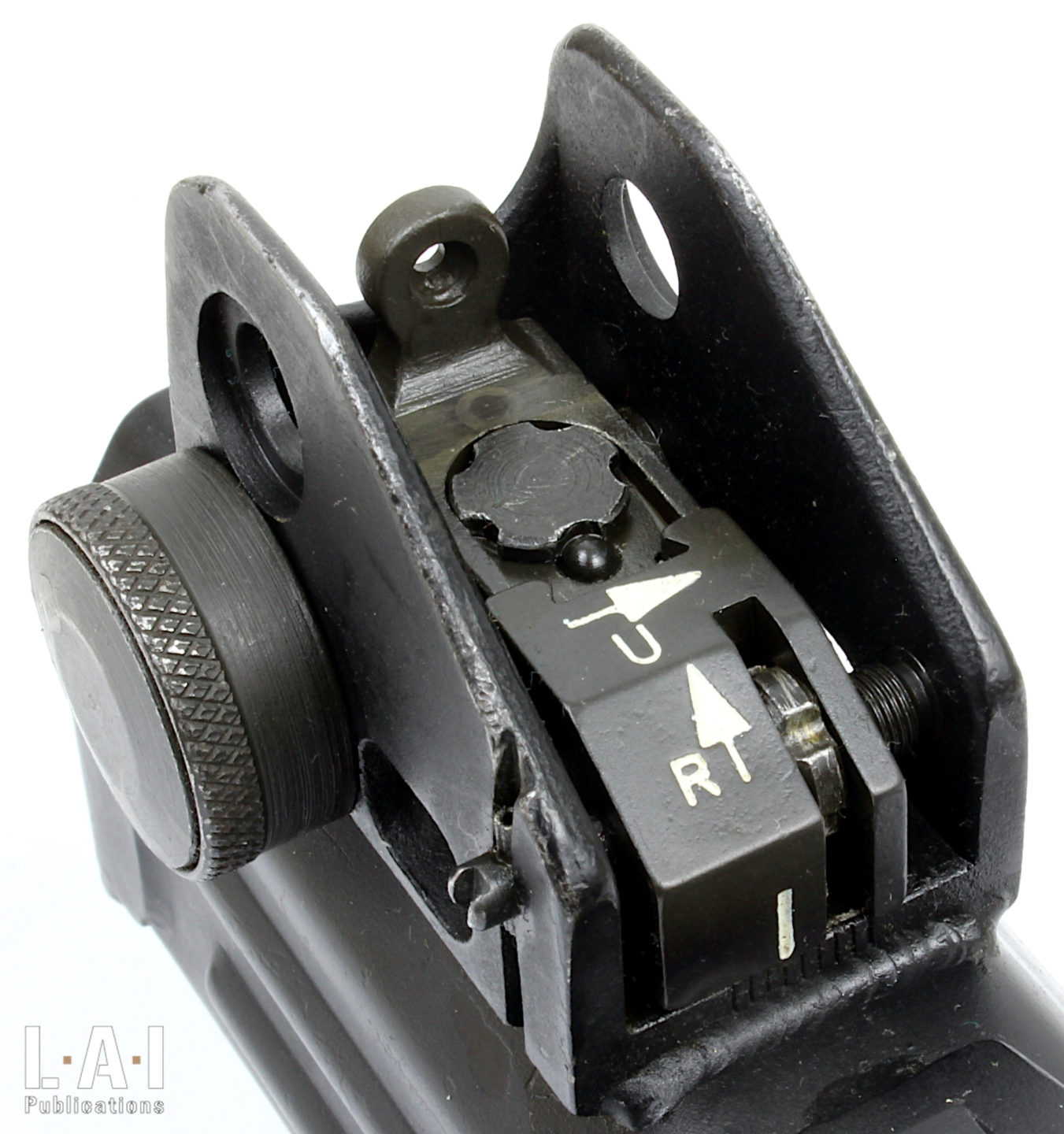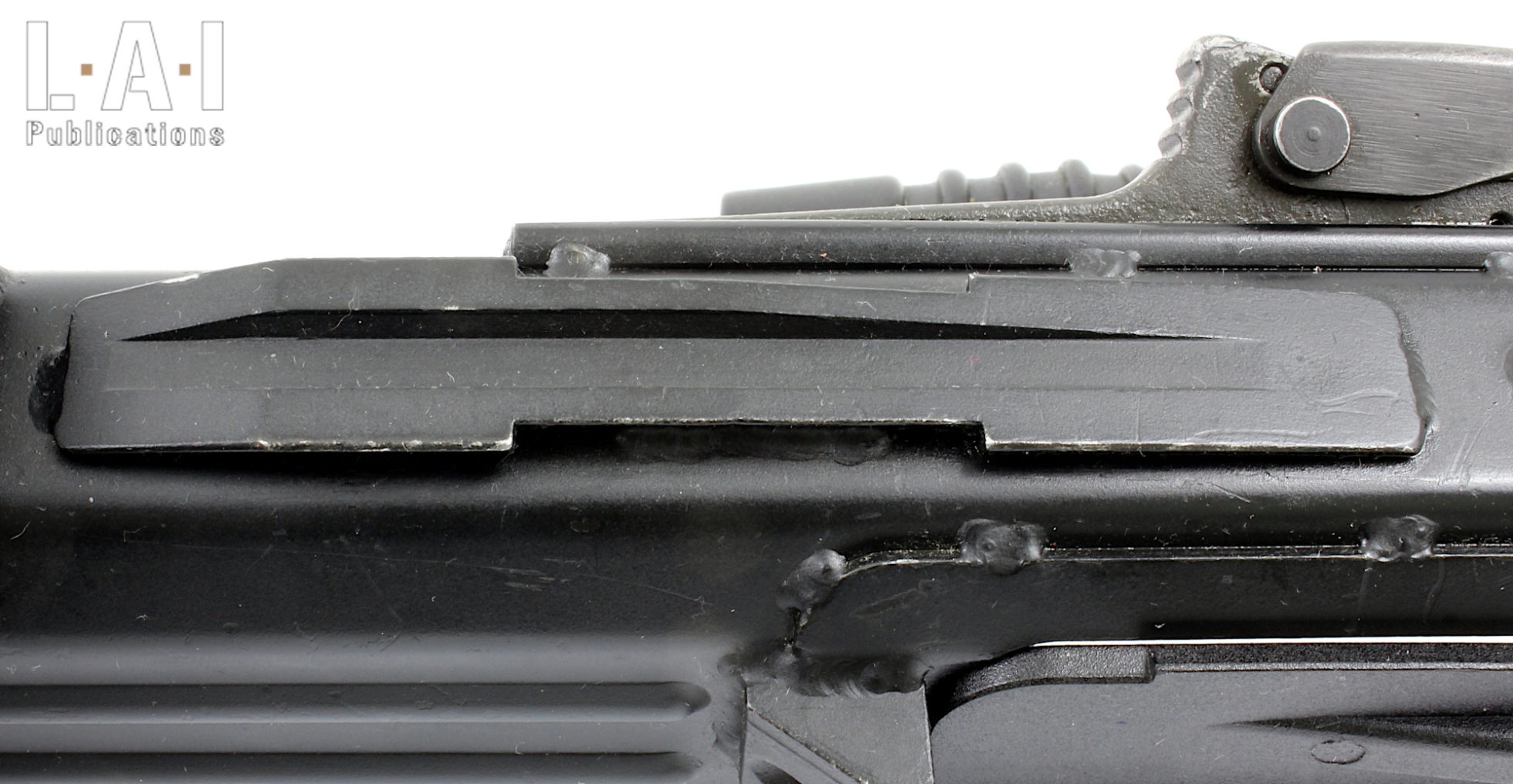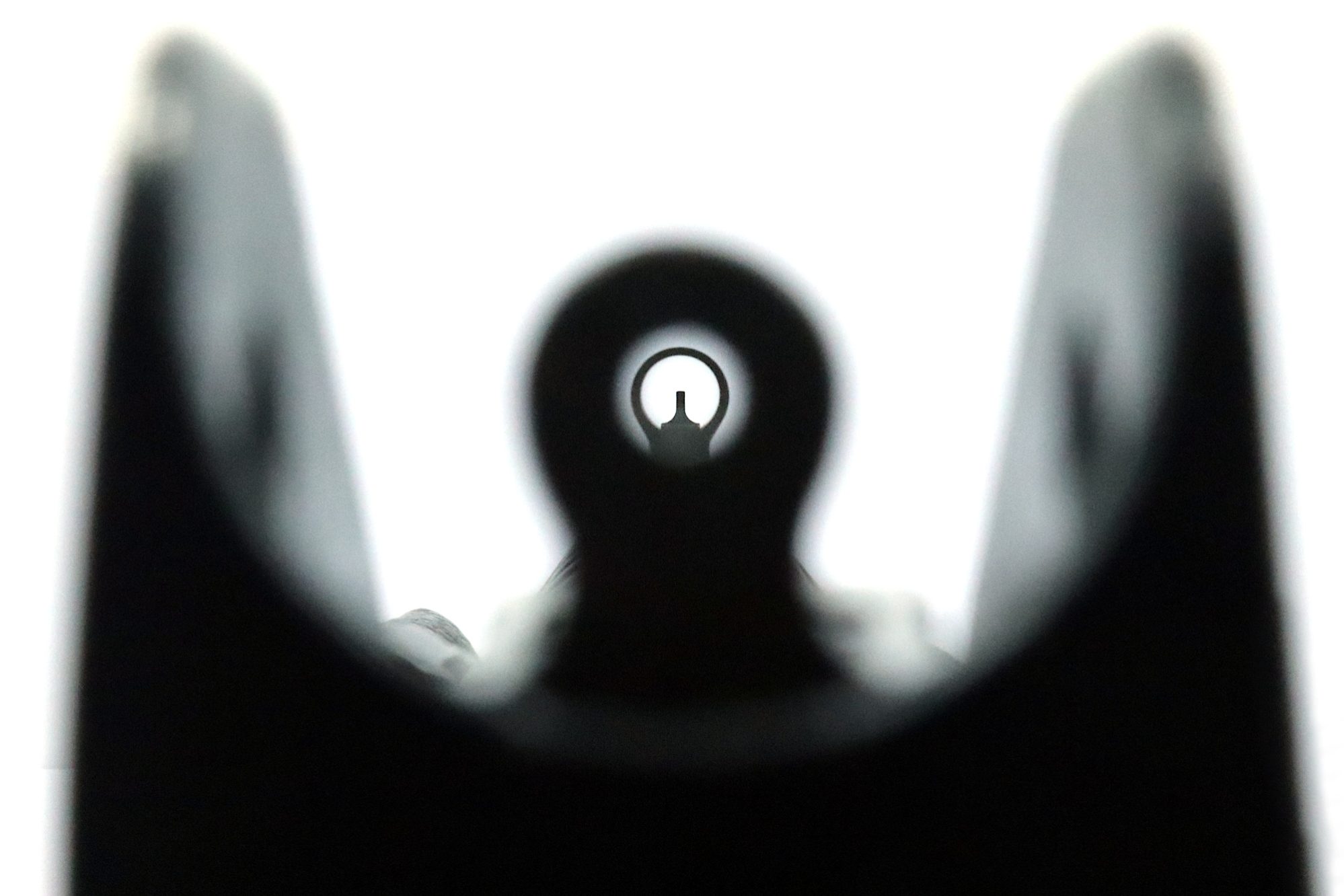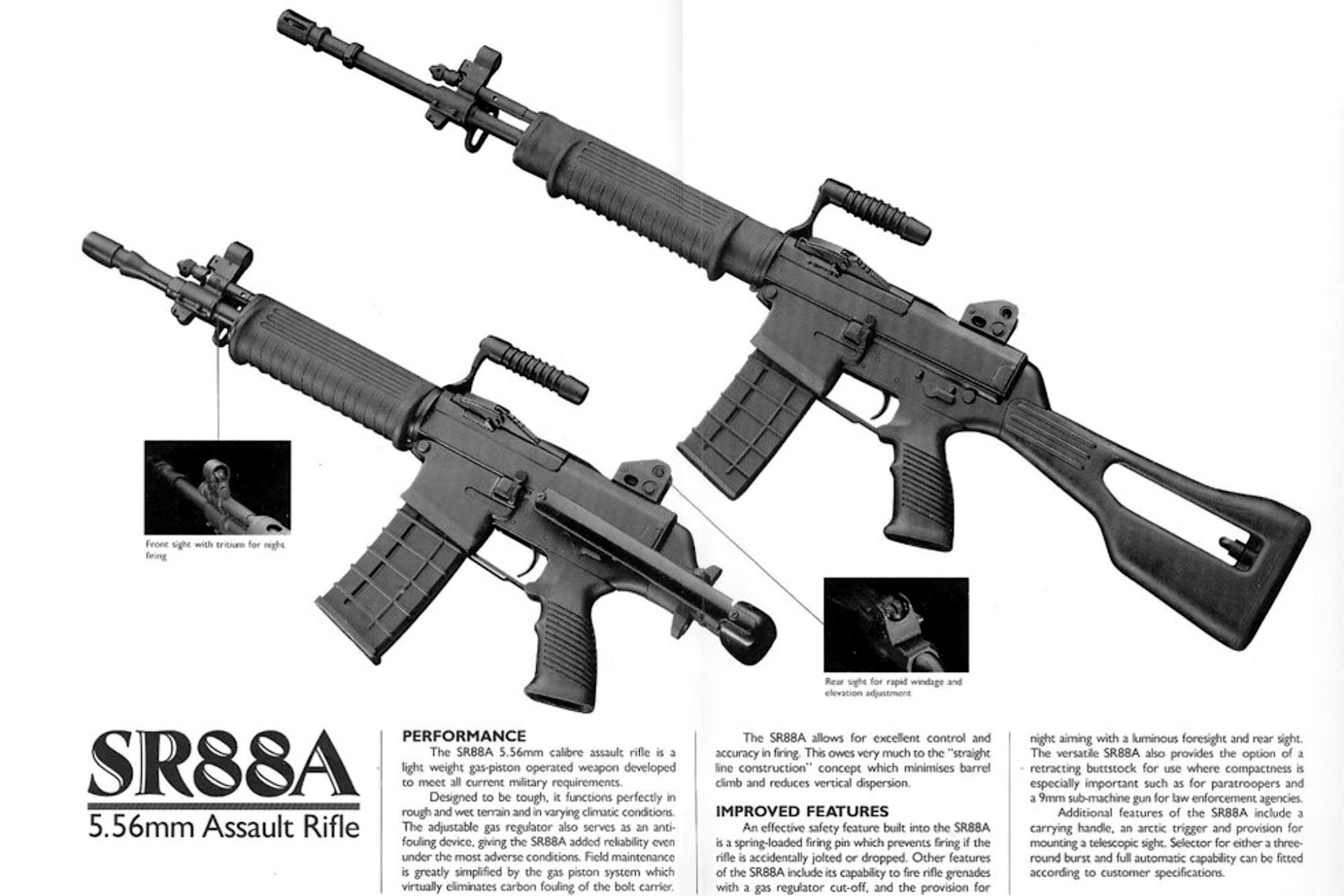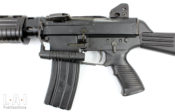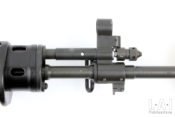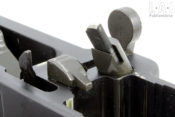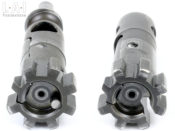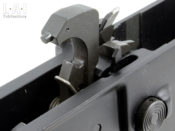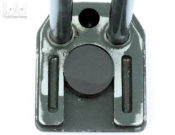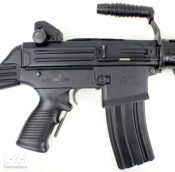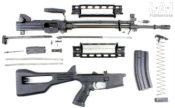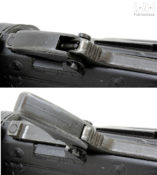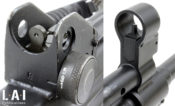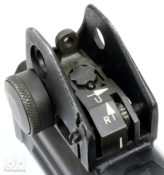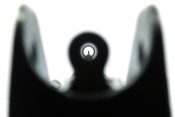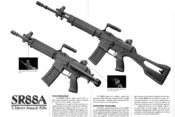SR 88A: Singapore’s quest for reliability

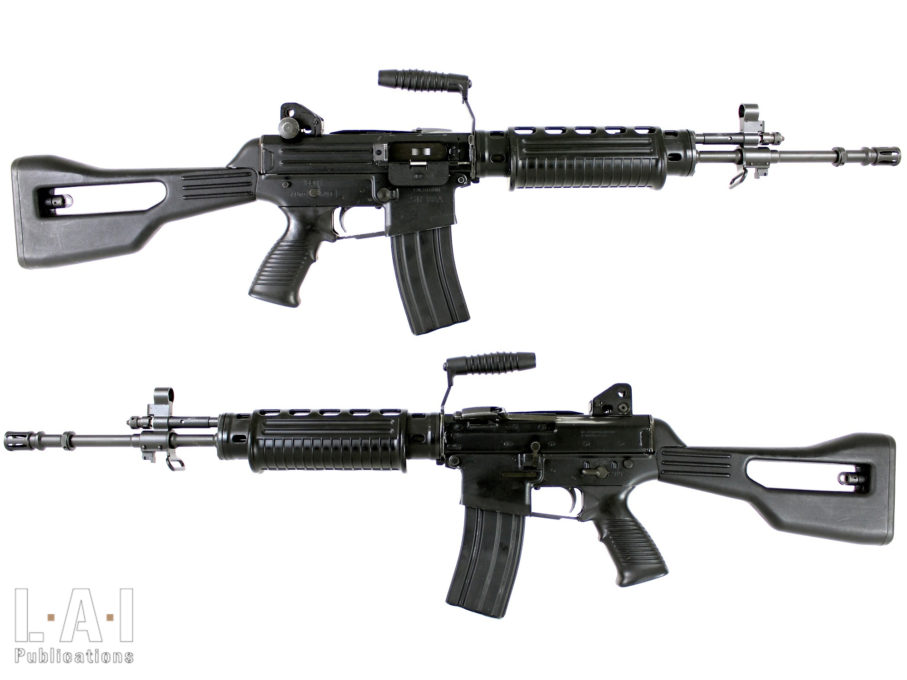
We have already seen previously two interesting Singaporean models of military weapon, the SAR 80 assault rifle and the Ultimax-100 light machine gun. Both of these weapons have technically and conceptually interesting aspects. The rifle that we will analyze here is well in keeping with this line of thought.
A great creativity
The city-state may not seem to represent much from a geographical point of view. Nevertheless, it remains an important economic player, to the point of sometimes being compared as the Switzerland of Asia. Therefore, it is not surprising that this former British colony finds a particular interest in meeting its defense needs. It may come as a surprise, however, that this country has devoted a great deal of energy to finding means of production and even design in small arms on its own. Other countries – supposedly more “important” – are looking abroad to meet such a need. There is hardly a simple answer to this question and making comparisons between countries would be a dead end. It is very complex and presumptuous to pretend to understand what the real stakes of a country are, whatever they may be: the very vision of the world is sometimes altogether completely different between two countries yet separated by only a few meters. Therefore, with this in our minds, we can simply observe the fruitful Singaporean efforts: here a rather atypical assault rifleAn assault rifle is a weapon defined by the use of an "inter... More!
A mixed construction
Designed and built by the Charted Industries of Singapore company (now ST Kinetics) in the late 80s, the construction of the weapon is articulated in a conventional way (at least for western standards) around a lower receiver and a superior receiver. The first specificity is the choice to carry out these two parts by different procedures: the lower is made of forged / machined aluminum while the upper is made of stamped sheet metal (Pic. 03). Except for the FNC (article available here!), this choice of mixed construction is rare enough to be highlighted. It is also one of the evolutions between the SR 88 and the SR 88A, the former having a lower receiver made of stamped sheet very similar to the SAR 80’s. This choice is above all industrial because it mainly impacts costs and means of production. A stamped sheet metal receiver is not necessarily heavier than its aluminum counterpart and their strength depends above all in both cases on a judicious design of the parts. On the other hand, modern CNC machining tools are very versatile where the machines needed for the production of sheet metal parts are specific to a limited use. Moreover, it is noteworthy that this transition corresponds to an era of democratization of the first machining centers.
The weapon was quickly proposed with the polymer magazine now used on the SAR 21 in service within the Singapore Army. This approach was then innovative without being revolutionary. Austrians produced this type of magazine as early as the late 70s with the Steyr AUG and Soviets had introduced it on the AKM as early as the middle 60s! Our test model was supplied with Singaporean aluminum magazines, common to the others weapons of the same caliber from the manufacturer.
All steel parts are phosphated. The upper and lower receivers are painted. The inside of the barrel, the piston, the gas nozzle, and the inside of the gas block are chrome plated.
Technical developments
The two main technical developments compared to the SAR 80 relate to gas system and ejection. The gas piston system, of a “short-stroke type” with an independent piston on the SAR 80 becomes of a “long-stroke type” with linked piston to the Bolt-Carrier-Group (BCG) on the SR 88A (Pic. 04). This evolution is clearly dictated by considerations of reliability and durability. Indeed, if short-stroke technology provides on paper many advantages (alleged “lighter BCG” … an often-wrong assumption on examination, cost of realization, better compartmentalization of gases) in practice it has often proved more complex to implement reliably and sustainably. One of the causes is partially identified by the names “short stroke” and “long stroke“. To simplify, a long stroke makes it easier to “smooth” the operation of a weapon than a short stroke. This smoothing is induced by a potentially longer action of the gases on the piston (the impulse) which gives off a better operating range. This long impulse is sometimes associated with a heavier moving BCG.
The mass of the BCG is a preponderant element in the reliability of a weapon. A heavy BCG will better be able to “retain” energy to move in the face of resistances present within the weapon, related to mechanical arrangements or fouling. The theoretical counterparts are, obviously a weapon overall heavier, but also a perception of the movement of the mass during the shot that would favor aiming loss. However, we feel that this last point is very much overestimated. The test of a wide range of variable system weapons makes it easy to see that this parameter is much less decisive than others such as the buffering of the BCG or the ergonomic design. Anyway, all these elements can explain the research of “the exact right mass”.
The difference in mass is often related to the construction: a linked piston (as used on most “long-stroke” systems) often uses more massive parts, more resistant and therefore more durable than the rods and springs frequently used in independent piston of “short-stroke” weapons. There is no fatality in this area: excellent short-stroke systems have been designed, including that of the HK G36 taken over from the HK-416. In any case, these names or categorizations should not be praised: they only partially reflect the technical aspects and are too generalist. Sometimes poorly understood, they lead to misinterpretations.
The elegant solution adopted here is a small diameter linked piston, a rare case… otherwise unique (about 9 mm in diameter against 14 mm for a Kalashnikov system – Pic. 05)! If the goal here was to design a “light” linked piston BCG, the mission is a success: on our scale, the SR 88A’s BCG weighs 0.455 g against 0.471 for a M16A1 and 0.484 for an AK-74.
Oftentimes, due to a reduction in diameter between the piston and the rod transmitting the impulse to the BCG, the compartmentalization of the gases is sometimes better on the independent piston weapons. A special effort has been made in this direction: two large (and even very wides in proposal of the piston) vents present on the gas block limits the gaseous contamination by the massive venting of the gases borrowed for rearmament (Pic. 06). Of course, we usually always find vents on gas systems, but as pointed out here, in proportion, the vents are very large: 4 mm in diameter for a 9 mm diameter gas tube. It means that when the piston moves past the vents, 46.06% of the tube’s vent-covered surface enables the exhaust of the gases.
We can introduce here a reflection on the importance of the impact of fouling on the functioning of the weapon. In reality, it is appropriate to dissociate here two sources of fouling: the one resulting from the shot and the one resulting from the environment. We will leave the second aspect for another occasion… But regarding fouling from shooting, the problem is not that the weapon becomes clogged, but in reality “where it becomes clogged”. The perfect illustration can be made with two examples:
- The G3 family (including CETME, HK-33 and MP5… other ancestors and successors). These weapons, operating by “delayed” opening by roller (which we prefer to describe as “blowback with magnification artifice”…), clog enormously due to shooting. Located around the bolt system (actually in the extension of the barrel), fouling is actually only slightly harmful to the reliability of the weapon.
- The AR-15 family (should I quote representatives of this family?). These weapons, operating by “direct” gas impingement, are in absolute terms, less dirty than a G3. However, fouling, located inside the BCG, is much more problematic than on the G3! This results in many alternatives, from Colt 703 to Heckler & Koch HK-416…
Be careful, we are not promoting here a system that would be “superior” to others: we point to elements of reflection that, isolated, can in no way lead to a judgment. The G3 and AR-15 systems each have qualities and flaws. It’s up to everyone to judge which weapon is best suited for their use… or their beliefs! For those who are interested in the subject of the functioning of weapons and wish to understand our semantic preferences (which words are not law by any means!) they can refer to Chapter 6 of the book “Small Guide to Armament” available on this website.
Another technical development is the choice to use a so-called “fixed” ejector attached to the receiver (Pic. 07). On the stroke of the BCG, the spent case is thrown out from the weapon when it meets the ejector attached to the lower receiver. The ejection power is therefore dictated by the speed of the BCG (measured with the “cyclic rate”). This technological choice enables in theory to avoid certain problems related to the use of the so-called “spring-loaded ejector” carried by the bolt, whose ejection power is linked to the spring acting on the ejector. Using the decompression force of the spring, the timing of the ejection is then imposed by the latter during the time of the opening / closing cycle of the bolt. Thus, if the spring weakens or the cycle speed increases, the spent case takes too long to eject. In both cases, the brass is trapped into the receiver by the front movement of the BCG. Once again, the choice to use a spring-loaded ejector in a weapon stems only from a production desire: the implementation is simple and the manufacture economical. Conversely, the use of a fixed ejector requires more complex construction arrangements, in particular with a rotary lock: the ejector is not carried by the bolt, so the construction must be sufficiently careful to ensure that the case and the ejector meet. The bolt shall move around the fixed ejector. The result is a more complex and expensive construction than the simple hole drilled in a bolt. The choice made here seems to be excellent at first: the ejector fixed to the receiver telescopes vertically in the latter. As it passes, the bolt aligns a groove on the ejector which protrudes under the action of a spring.
We will see during our shooting tests that this choice is not without consequence and that it merely displaces the problems rather than solving them. Also, the addition of a groove between two lugs for the passage of the ejector on the bolt weakens a little further the bolt of the AR-15, which is already not very solid … (Pic. 08) It can be noted here that this problem was also taken into account on the “Stoner 63A” which also uses a fixed ejector. If we can suspect that these works influenced Singaporeans (the shadows of Arthur Miller and Jim Sullivan hang over the city-state… as guardian angels in short!), it should be noted that the degradation of the spring of a spring-loaded ejector is frequently linked to an overpressure in the barrel. The spring is then battered by the violent reflux of the brass inside the bolt faceThe bolt face is the part of the bolt which in set place the... More. This overpressure can be caused by the presence of water inside the barrel, we can guess why this country with an equatorial climate pays particular attention to it.
Everywhere else, rather commonplace technical features
The rest of the weapon takes up rather classic recipes. Except for the ejection arrangements, the bolt is similar to that of an AR-15. Guided by the guiding rods and not by the receiver, the transporter is inherited from the AR-18. The firing system is inherited from the SAR 80 with a notable modification: the hammer is equipped with a buffer (Pic. 09). There is also a BCG buffer on the recoil-springs assembly (Pic. 10). These buffers theoretically preserve the weapon from premature aging. However, we find the BCG’s one undersized: the support plate of the guiding rods also bears the stigmas of repeated impacts. The gas system is equipped with a regulator with three positions: one closing position “0” (for firing rifle grenade) and two open positions, “1” and “2”, with different intake diameters (Pic. 11). The open positions make it possible to accommodate the rifle to the conditions of use. The handling of the regulator is done by rotation. Positions “1” and “2” are located on either side of the regulator in such a way as to correspond to a stop. The barrel (cold hammered?) with a length of 460 mm is at a 1:305 mm (1:12″) twist rate, intended for the use of the M193 on our copy. It was also available with a 1:178 mm (1:7″) twist rate for the use of the SS-109. The end of the barrel receives a flash hider authorizing the firing of rifle grenades. The lower part of the flash hider is closed, probably more in order to avoid raising too much dust from the ground during firing than to make a lift compensator, although this arrangement necessarily does it as well. (Pic. 12). A short barrel version of 292 mm was also available, as well as a 9×19 mm SMGSubMachine Gun More version according to the manufacturer’s advertisements (Pics. 13 and 14).
The stock is hollowed out in its central portion, which allows a better grip during certain maneuvers. This can be compared with the groove of the AK-74 stocks: there are situations where a good grip is important. The stock also has an originality in terms of the attachment of the sling: it is done inside the stock! In addition to the movable flap fixed just at the back of the gas block on the barrel, the attachment of the sling is therefore perfectly compatible with both a right-handed and left-handed shooter. The weapon was also marketed with a telescopic stock in a compact version. This stock is reminiscent of the FN Minimi “Para” one. We find the ability to lower the trigger guard, absent from the SAR 80, which allows the use of the weapon with “arctic” gloves (Pic. 15). The weapon is equipped with an articulated carrying handle which locks in the folded position. This hinders the shooting in the deployed position… but the defect is corrected in a fraction of a second… it is therefore a false defect. The ejection port can be closed by a self-opening plastic dustcover.
Disassembly is also classic: the lower and upper receivers are assembled by two pins. Like on an AR-15, pushing out the rear pin is enough to remove the BCG. Unlike the SAR 80, the latter is in solidarity with the recoil-springs assembly, a welcome development that greatly facilitates maintenance operations in the field. The recoil-springs assembly disconnects from the bolt carrier by pressing a lock on the right guiding rod (Pic. 16). The piston is easily separated from the bolt carrier by simply pressing a pusher. The rest of the BCG is disassembled in a similar way to the M16: a pin releases the firing pin, the latter releasing the cam pin which frees the bolt. The extractor is disassembled using the tip of the firing pin as on an AR-15: the extractor is identical. We note at this stage a desire for simplification: there is no longer any anti-rebound device as on the SAR 80 and no more firing pin spring as well… at least on our copy. Indeed, the presence of a firing pin spring is affirmed by an advertisement of the brand. However, we do not feel that this spring is lacking in the 2 samples we looked on: the BCG clearly does not include the location for such a spring. With the exception of the extractor axis, the pins are now captive so as not to be lost. The handguard consists of two identical half-shells held in place by a fitting locked and by a rotary key (Pic. 17). This key is held by a Hex-screw (in metric system!). From our point of view, this is a faux pas: a weapon should not require tools for its field disassembly. We can relativize this fault by pointing out that the disassembling of the handguard is in reality only used to access the outsides of the barrel and the gas tube. The gas regulator is removed by traction and rotation by passing the stop. This last operation is “too simple” for our taste: a somewhat “manly” manipulation of the regulator leads to its impromptu disassembly. It will therefore be necessary to do this with measure.
The bayonet, too, remains classic: it is the one compatible with the M16. (Pic. 19)
A new design cocking handle and sights
The ergonomics take up many american”standards”: fire selector, magazine released-button, bolt-stop are inherited from the AR-15. It should be noted, however, that the spring of the magazine released-button is significantly more powerful than that of an AR-15 or SAR 80. This meets the double imperative of ensuring a better attachment of the magazine in operation but also during maneuvers with the weapon. It is also well known that this “button” is quick to unhook by an untimely maneuver. This explains why some people prefer rear-lever magazine catch. On our copy, the selector has the “safe”, “semi” and “auto” positions. It was also offered with a burst of 3 shots as an option according to the manufacturer’s advertisements.
On the other hand, the cocking handle has undergone a total overhaul (Pic. 20). It goes from the right side to the left side for an easier job with the “off-hand” for the right-handed shooter. Comprising a retractable finger, it is no longer of a reciprocating type. It therefore does not produce movement when shooting. This makes it possible to avoid incidents related to the encounter between the lever and a third-party element. When not in use, the lever is held in the forward position by hooking the receiver and completely sealing the opening necessary for implementation. This lever also makes it possible to forward assist the BCG: when it is deployed, a part of the lever is inserted into the bolt carrier. Thus linked, one can push on its base (with purpose-built grooves) to force the closure. The usefulness of such a device is debatable, but its presence allows in all cases to tick the box “present” on an invitation to tender! In all cases, this lever is easy to use in all positions. On the subject of the cocking handle, from our point of view, the only “miracle” solution seems to be the ambidextrous lever of the G36, which is prompt to adapts to all doctrines. Because indeed, the choice of the positioning of the cocking handle actually responds to the doctrine chosen by the institution…or the user!
The sights have also undergone a total overhaul (Pic. 21). The rear sight aperture has three settings that are raised through a strong dial on the right side: 1, 3 and 5. These are graduations in hundreds of meters, not yards! As a former British colony, the question is legitimate. It is likely that the version intended for the SS-109 has settings for firing up to 800 m, as is the case of the Ultimax-100’s intended for the SS-109. The front sight blade is inside a hood. The initial adjustment of the weapon is made on the rear sight only, which allows the front sight to be kept in an always “central” position (Pic. 22). The tooling of the M16A1 is used for the elevation adjustment and a cartridge tip for the direction adjustment. Night aiming with luminous front sight and rear sight are advertised by the manufacturer. However, there are no such things on our samples. The weapon is equipped with a “proprietary” sight rail identical to that encountered on the Ultimax-100. (Pic. 23)
Shooting
Shooting with a rifle in 5.56 is always pleasant. The aiming is excellent, the presence of a hood around the front sight blade is of superior comfort compared to the one protected by ears for an aperture sight (Pic.24). The accuracy is perfectly in line with what to expect from this type of weapon: we reach the target at the usual distances … at 400 m, 100% of the shots reach a kneeling figure (the famous SC-2 target of the French army). We feel that the adjustment of the distances is excellent, not to say perfect: 100 to make precise shots at short distance, 300 m for general use, and 500 to allow more distant shots. The qualities of the M193 are perfectly exploited. The implementation of the setting and its visualization, are also, excellent. The burst is controllable although too fast from our point of view: announced at around 800 strokes minutes: we measured it at an average 874 rpm. A video is available at the end of the article and on our YouTube channel.
God’s workings in a mysterious way, during our test sessions, we tested the weapon on a cool winter morning: – 7 ° C at the thermometer. It was not the first shooting session with this weapon and despite several thorough cleanings (and in particular its storage grease), this weapon – probably from the stocks of the Slovenian army – had kept traces of thick grease in some places. A small amount of grease, combined with the cool temperatures, had the effect of slowing down the rise of the ejector. The result was the total absence of ejection generating stoppages: the weapon was trying to chamber a fresh ammunition with the spend case still present in the bolt faceThe bolt face is the part of the bolt which in set place the... More. The failure identified and in the absence of a solvent at the time, the only solution to continue the test was to heat the ejector support with a lighter between the shots. The result was “convincing”. This little misadventure has the merit of reminding us of two things. First of all, it is illusory to claim to carry out an “exhaustive” test on a military weapon with limited means. The variety of conditions of implementation is such that a battery of tests cleverly designed to objectively assess the qualities of such a weapon is really needed. Another point is that some seemingly promising technical solutions may prove to be a worse remedy than the original evil. Here the choice to discard the spring-loaded ejector in favor of an ejector attached to the frame considered more reliable was probably a bad choice by its realization. The probability of seeing the ascent of the ejector disturbed being ultimately greater than the problems associated with the use of a spring-loaded ejector.
Conclusion: A weapon of export, transition and emancipation
If the SR 88A seems to have experienced some diffusion in the Singaporean forces, it is likely that as the SAR 80, its main vocation was rather export. But in terms of production only: in terms of design, it clearly embodies a search for a solution that will lead the city-state to acquire its interesting Bullpup SAR 21. This weapon with a long stroke gas system, a rotary lock with two front lugs and a fixed ejector is a Singaporean disavowal of American solutions. It is therefore very instructive to observe how, through research and technological experimentation, this small geographical state has chosen to take charge of the production of individual armaments in order to adapt it to its needs. It has thus gone from a Colt 614S (a variant of M16A1) produced under license to an all-indigenous SAR-21 except for the caliber. It should be noted that ST Kinetics is, at the moment of writing this article, still very active and productive in terms of armaments… including on the design of ammunitions!
Arnaud Lamothe
This is free access work: the only way to support us is to share this content and subscribe. In addition to a full access to our production, subscription is a wonderful way to support our approach, from enthusiasts to enthusiasts!
Thanks:
Esistoire for the provision of the weapon: Laura, Yann, Laurent and Guillaume always at the top!
Jean Paul Sape, SDS Military, for his knowledge and advice in industrial matters.




